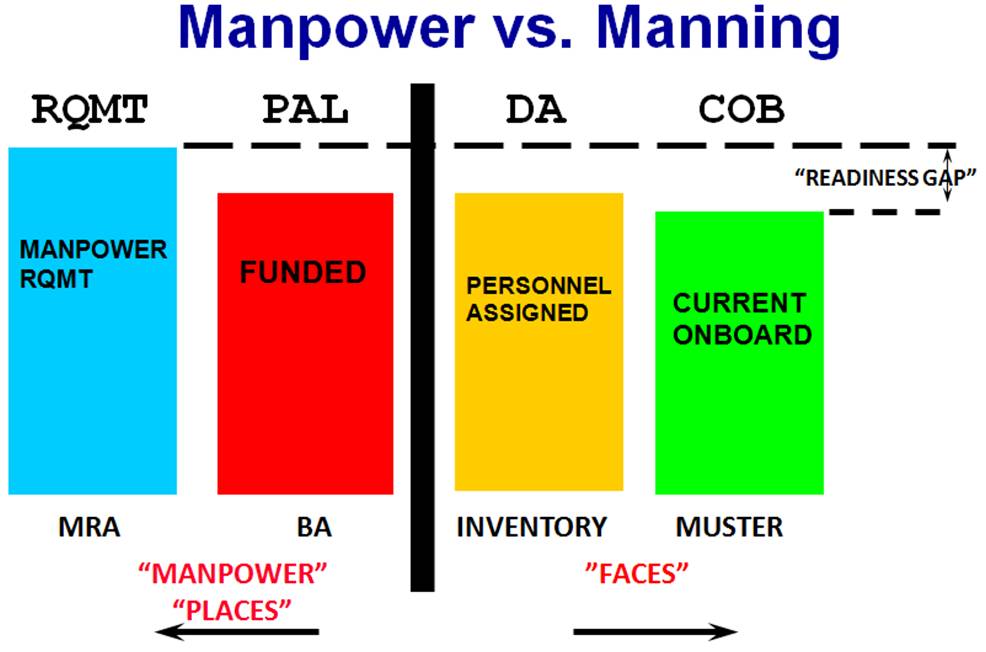Domains of HSI - Manpower and Personnel
The Manpower and Personnel domain focuses on the number and mix of
skilled personnel necessary to properly operate, maintain, and support the
system being acquired. It establishes manpower requirements for new
Coast Guard acquisitions that best represent the quantity and quality of
personnel needed to fulfill mission requirements. We want to get the right
people to the right place at the right time with the right human support
services so we can get the job done.

Manpower refers to total workload which takes into account job tasks,
maintenance, operations, and all other associated workload. It is the
number of people or “spaces” needed to operate, maintain, and support the
system. Manpower makes up over 60% of an asset’s life cycle
cost, making it a major determinate of program cost and affordability.
Manpower officials work closely with the program manager throughout the
acquisition process to ensure they pursue engineering designs that optimize
manpower and keep human resource costs at affordable levels. By
establishing manpower requirements, we can identify manpower gaps or
excesses that influence the current risk profile for each acquisition.
Personnel refers to the wide range of knowledge, skills, abilities, and
experience levels necessary to successfully perform the job. It
defines the human performance characteristics of the user population based
on the system description and projected characteristics of target
occupational specialties. The total workload and skills are analyzed
to determine the necessary manpower requirement to ensure the success of the
acquisition. Personnel attributes are design
parameters.
The Manpower and Personnel team computes the manpower requirements for
any given asset but that analysis does not always match the manning of that
asset. It is important to understand the distinct difference between manpower &
manning. The following illustration demonstrates the
differences:

For
more information on the Training domain, refer to the Defense Acquisitions Handbook, 6.3.1.